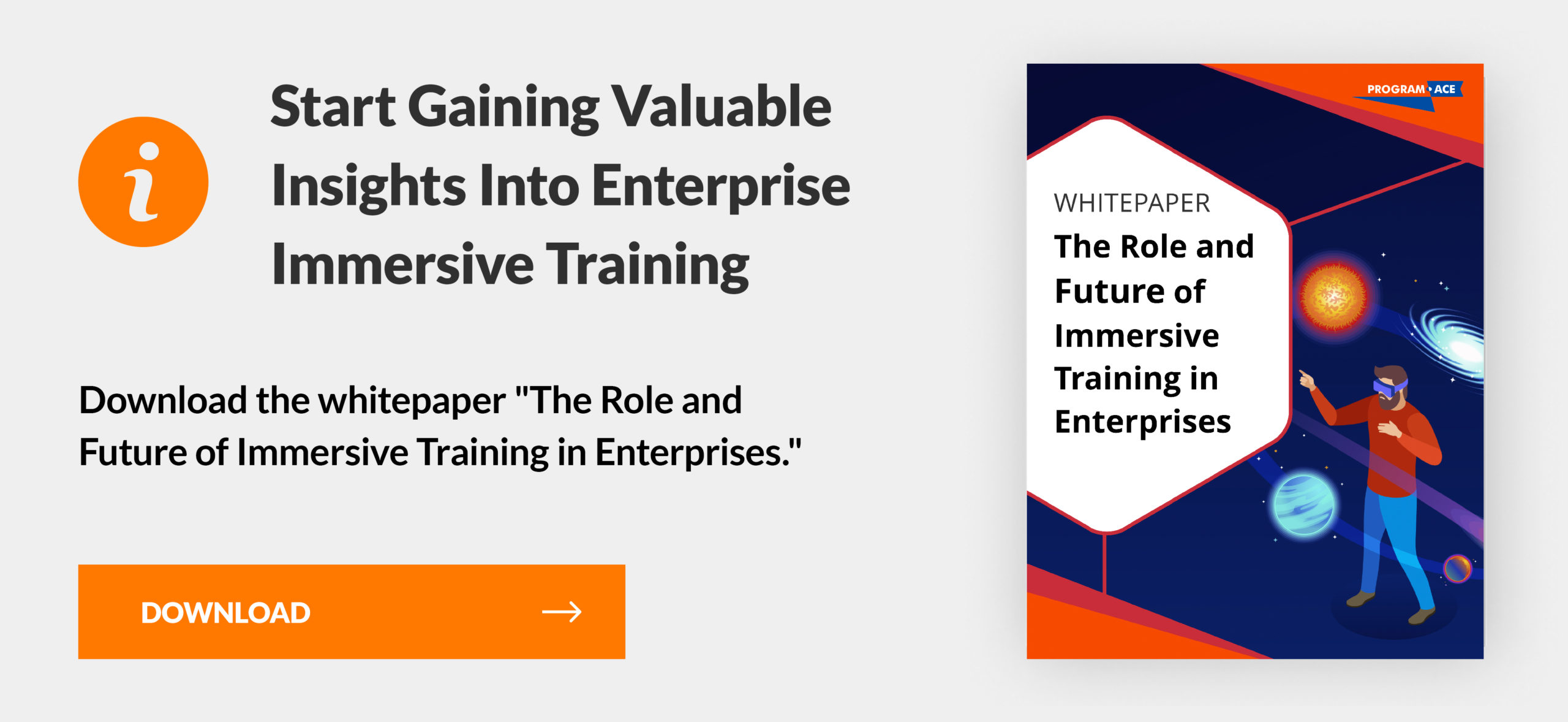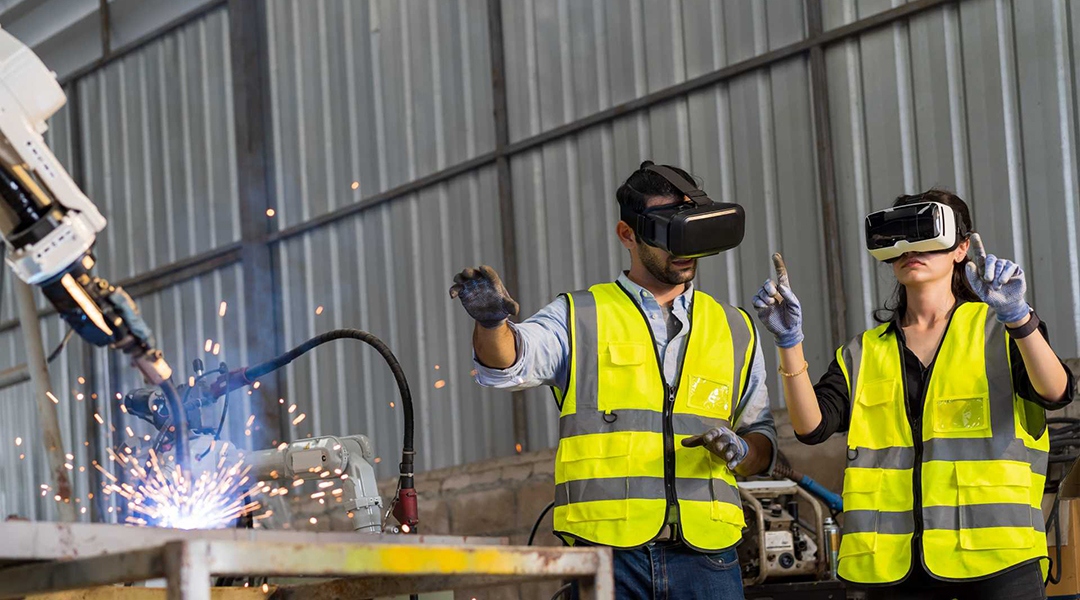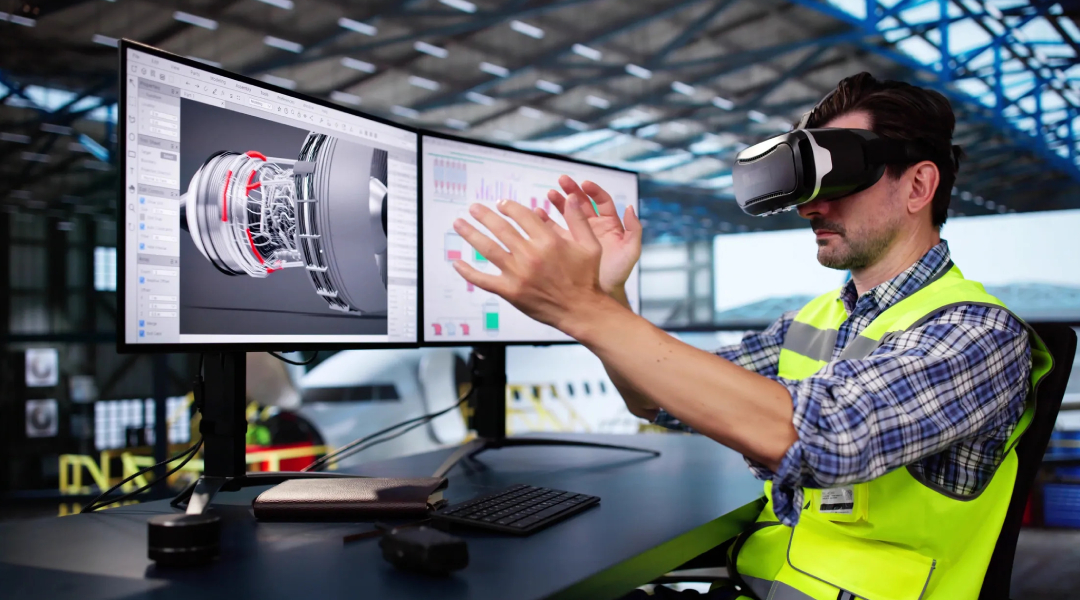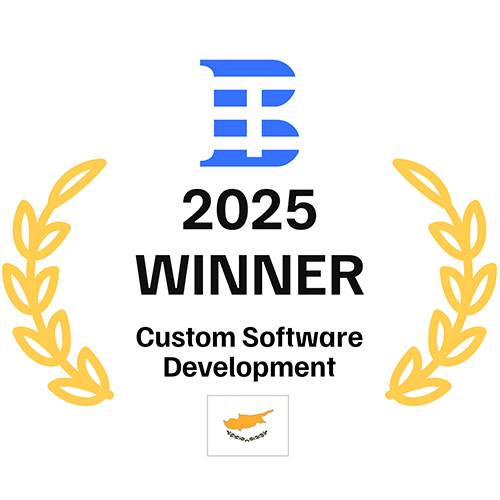Athletes constantly search for new ways to improve performance, and VR has emerged as a powerful tool in sports training. By offering highly realistic simulations, virtual training solutions allow individuals to practice in conditions tailored to their specific needs. Each session can be customized based on skill level, sport type, or training goal. VR’s precision in tracking movements and generating real-time feedback helps athletes target specific areas for improvement. This type of training is not limited by weather, time of day, or physical location, making it a flexible and effective approach.
As technology advances, virtual training solutions continue to offer enhanced opportunities for athletes to refine their skills. Programs integrate detailed performance analysis and data-driven insights, allowing coaches and trainers to adjust strategies with unprecedented accuracy. Whether preparing for a competition or enhancing individual skills, athletes benefit from immersive VR environments that provide focused training. Combining flexibility, customization, and high-end feedback, VR is reshaping how athletes train and achieve results.
Introduction to the Role of VR in Sports Training
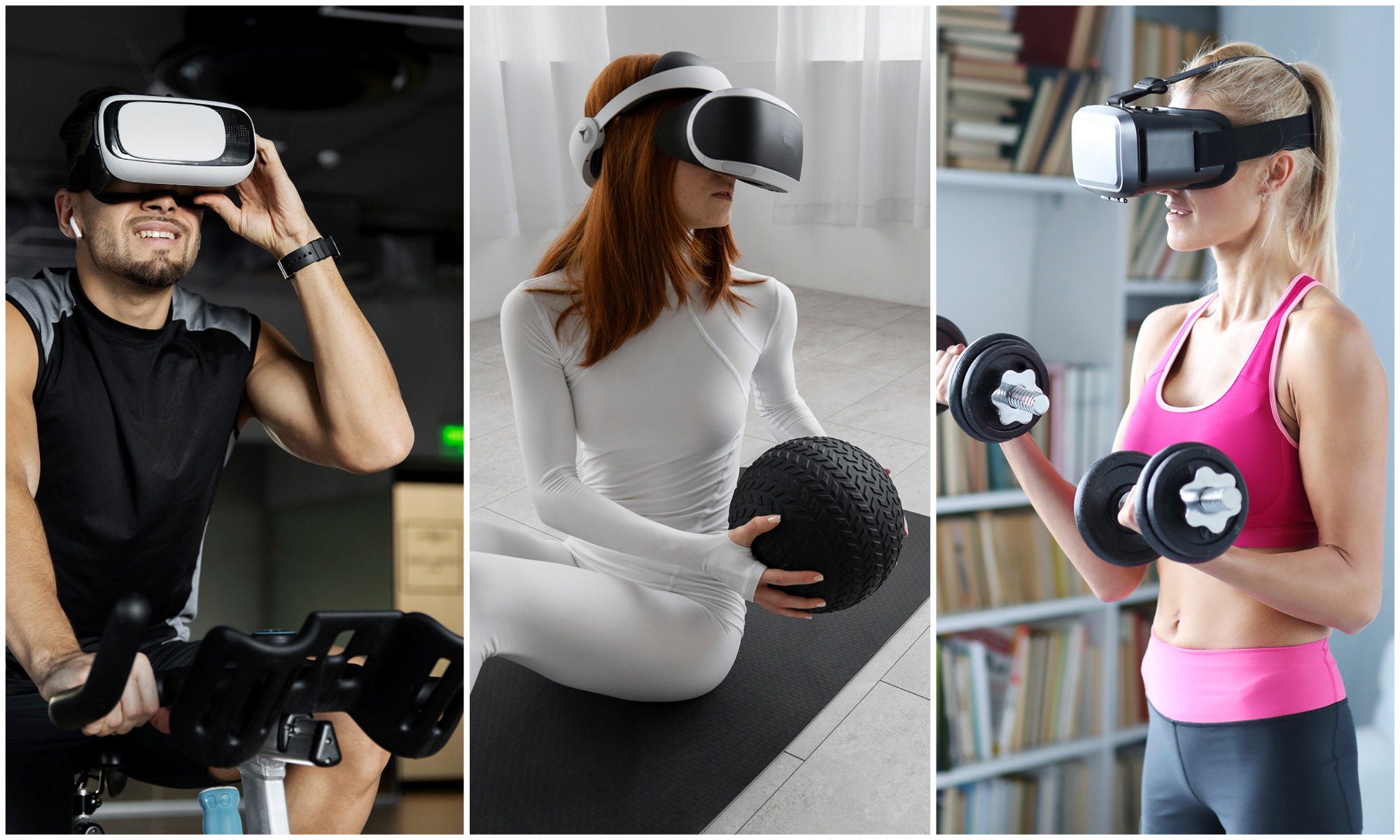
VR has reshaped the sports training landscape by offering precise, tailored experiences for athletes at all levels. Virtual training solutions create highly realistic environments that simulate various conditions and scenarios. For example, sports like soccer, basketball, and tennis benefit from targeted drills designed to improve specific skills.
Athletes can practice techniques, monitor performance, and receive feedback immediately. Unlike traditional methods, VR solutions provide flexibility, allowing athletes to train regardless of external conditions. By incorporating advanced tracking and feedback mechanisms, virtual training solutions enable continuous development in ways not possible before.
Why VR Is Changing the Sports Training Landscape
VR sports training delivers unparalleled opportunities for athletes to enhance their skills. The flexibility offered by virtual training and simulation development allows athletes to recreate real-life game scenarios in a controlled, repeatable setting. VR’s precision helps track player movements, offering valuable data for adjusting techniques and strategies.
For instance, football players can simulate different field conditions and replay drills until perfected, while swimmers can enhance stroke mechanics without needing an actual pool. The real-time feedback these solutions provide allows for immediate corrections, speeding up the learning curve. Trainers gain critical insights into performance patterns, enabling them to fine-tune their training plans.
The ability to revisit exercises and hone specific skills creates a significant advantage in competitive sports. Teams and individual athletes are increasingly turning to VR to reduce the risk of injury, maximize training efficiency, and improve overall results. It becomes clear that VR solutions are reshaping the way sports training is conducted.
The Evolution of Sports Training Technologies
Technological advancements have always influenced sports training, and the rise of virtual reality training companies has taken it to the next level. While still effective, traditional drills and coaching methods can’t match VR’s customization and precision. By integrating movement tracking and real-time analytics, your virtual reality training company of choice may offer solutions that adapt to the individual needs of each athlete.
In boxing or mixed martial arts, VR can simulate sparring sessions, allowing fighters to practice without injury. Tennis players, for example, can train against a simulated opponent, fine-tuning their serves or backhand returns. As VR technology evolves, athletes benefit from more immersive training sessions that mirror actual game conditions. Companies specializing in virtual reality training focus on creating individual and team sports solutions.
Whether preparing for a high-stakes competition or improving basic techniques, VR ensures that traditional constraints no longer limit training. With more virtual reality training companies entering the market, athletes can access increasingly sophisticated tools that push the boundaries of what’s possible in sports training.
The Pros and Cons of Virtual Reality Sports Training for Athletes
Virtual reality training companies are gaining momentum in sports due to their tailored solutions. Athletes benefit from personalized sessions that offer detailed performance analysis and feedback in real-time. However, as with any technology, there are both advantages and limitations to consider. Understanding the pros and cons helps athletes and teams decide whether VR fits their training needs.
| Aspect | Pros | Cons |
| Customization | Allows for personalized training programs tailored to the athlete’s specific needs. | Requires a high level of technical expertise to operate effectively. |
| Real-time Feedback | Immediate data and performance analysis help athletes make quick adjustments. | May depend on accurate sensor data, which can sometimes be imperfect. |
| Risk of Injury | Reduces the chance of injury by eliminating physical contact during practice. | Some athletes might miss the physical interaction and real-world simulation. |
| Accessibility | Training can occur anytime, regardless of location or environmental factors. | Access to high-quality VR systems may be limited in certain regions.. |
| VR Training Cost | Costs can be lower over time compared to hiring physical trainers or renting facilities. | Initial setup costs for VR equipment can be expensive for some athletes. |
While VR training offers flexibility, cost savings, and reduced risk of injury, the high setup costs and technical requirements can pose challenges for athletes and organizations. Ultimately, those considering this approach must weigh the benefits against the limitations to ensure it aligns with their training objectives.
Enhancing Skill Development with VR in Sports Training
The potential of virtual reality training solutions has transformed skill development in sports. Athletes can now focus on specific areas, refining their techniques with pinpoint accuracy. VR offers immersive environments that mimic real-life scenarios, enabling athletes to practice without the limitations of traditional methods.
By utilizing detailed performance data and instant feedback, athletes can continuously fine-tune their skills. The potential of virtual reality training solutions lies in their ability to provide personalized training experiences that adapt to each athlete’s strengths and weaknesses.
Using VR to Improve Precision and Technique
Precision and technique are vital for athletes looking to gain a competitive edge. VR offers a highly controlled environment where athletes can focus on refining their movements and adjusting to various game conditions. For instance, tennis players can practice their serves and backhands by recreating match scenarios, while football players can train for specific plays and formations. The technology tracks even the slightest movements, allowing players to see where to improve.
VR’s ability to simulate different conditions — such as wind, light, or player positions — makes it a powerful tool for mastering precision. The immediate feedback helps athletes understand their performance and make real-time adjustments to their technique, leading to faster improvements. By practicing in a safe, repeatable environment, athletes can perfect their skills without the pressure of live games. VR is changing how athletes approach technique improvement, offering unique opportunities that were not previously possible.
Developing Muscle Memory Through Immersive Practice
Building muscle memory is crucial for athletes to perform movements instinctively. Virtual reality training design and development provide a controlled and repeatable environment where athletes can practice until movements become second nature. Athletes can repeatedly recreate specific drills or game scenarios without physical setups or equipment.
For instance, basketball players can practice their shooting technique under various defensive pressures, while gymnasts can work on complex routines. The immersive nature of VR ensures that athletes remain focused on their tasks, helping them internalize each movement through repetition. Real-time performance data also supports muscle memory development by identifying areas requiring more attention.
By isolating specific actions and repeating them in a virtual environment, athletes can refine their muscle memory, improving performance in real-world competitions. This ability to immerse athletes in practice while offering personalized feedback makes virtual reality training design and development an essential tool for developing muscle memory in sports.
Mental Conditioning Through VR for Sports Training
Athletes increasingly turn to virtual reality for mental conditioning in sports training. By simulating game scenarios and stressors, VR helps athletes sharpen their decision-making skills and mental focus. With virtual reality, athletes experience high-pressure situations in a controlled environment, enhancing their ability to stay calm under stress. This approach allows for continuous mental development alongside physical training.
Simulation of Real-World Game Scenarios With VR
Virtual reality training company insights have shown that simulating real-world game scenarios helps athletes prepare for critical moments. Athletes can practice under varying conditions, from intense crowd noise to strategic opponent moves, all without leaving the training facility. Football players can rehearse complex plays while adjusting to different defensive alignments, and tennis players can simulate match points in high-stakes tournaments. VR's ability to simulate real-time game conditions adds depth to the training experience.
Customized scenarios allow teams to target specific game strategies or replay critical moments for improvement. Players can rehearse set pieces, strategies, or anticipate specific opponents' actions. This leads to enhanced decision-making, quicker reflexes, and more refined technical skills in a match.
Benefits include:
- Tailored environments for specific sports. Athletes can rehearse game situations that are directly relevant to their sport, increasing their readiness for high-pressure scenarios.
- Faster tactical adjustments. By simulating real-time plays, players can develop faster decision-making skills and better game strategies, honing their ability to adapt to changing dynamics during competitions.
- Mental preparedness for various pressures. Simulated environments teach athletes to deal with intense stress, from playing in front of a hostile crowd to staying calm in overtime moments.
Building Mental Resilience and Focus with VR
Athletes who can keep performing at a high level under pressure have demonstrated remarkable mental resilience. VR brings athletes into immersive environments where they are tested mentally through various high-pressure situations. Basketball players can face simulated game-deciding free throws under the pressure of a virtual audience, while soccer goalkeepers can practice defending penalty shots in sudden-death situations. Virtual reality helps athletes confront challenges that push them to keep their focus intact when facing difficult decisions.
Training in virtual environments allows athletes to refine their mental resilience without any physical risk. Through repeated exposure to difficult situations, athletes learn to maintain control, assess their emotions, and react calmly under pressure. This consistent mental practice strengthens focus, allowing athletes to remain sharp when competing. The ability to rehearse staying mentally resilient benefits individual players and contributes to team success during critical moments in actual games.
Want to boost your athletes’ performance with VR training? Let’s connect!
Performance Analysis and Feedback Through Virtual Reality in Sports Training
Virtual reality brings a new level of precision to sports performance analysis. Athletes can receive detailed insights into their movements and techniques through immersive technology. Coaches and trainers use this data to provide targeted feedback, ensuring that athletes can fine-tune their skills with precision. VR's ability to track real-time data allows quicker adjustments and more personalized training recommendations.
Tracking and Analyzing Player Performance Data with VR
Virtual reality offers unparalleled tracking and analysis of player performance data. Every movement is monitored in real time, from stride length to jump height and even the angles at which athletes move. By capturing this detailed data, trainers can identify areas for improvement with far greater accuracy. For example, a basketball player can assess shooting mechanics, adjusting hand positioning or foot placement based on the data. Similarly, a football player can monitor acceleration patterns to optimize speed and agility.
Athletes and coaches rely on virtual reality systems to break down each motion, enabling a deeper understanding of performance. The ability to replay and analyze the data frame by frame ensures that no movement goes unnoticed. VR systems also allow comparisons between athletes, providing benchmark data that can be used to set realistic performance goals.
Important advantages of tracking include:
- Precise movement analysis. VR systems track exact body movements, offering coaches highly detailed data to assess each athlete's form and efficiency.
- Immediate performance review. Athletes can review their performance in real-time, making on-the-spot adjustments to their techniques or strategies.
- Long-term progress tracking. Virtual reality platforms store data across training sessions, allowing athletes and coaches to monitor improvements over time and adjust training plans accordingly.
Personalized Training Feedback Through Virtual Coaching
Personalized feedback is crucial in helping athletes maximize their potential, and VR coaching makes this possible with a level of precision that traditional coaching methods cannot match. Virtual reality systems collect vast amounts of performance data, which is then analyzed to provide tailored recommendations for each athlete. Whether it’s correcting a golf swing or refining a tennis serve, virtual coaching platforms adapt feedback to the individual's unique needs.
By using VR, coaches can deliver more targeted and actionable feedback. Athletes receive instructions and can visualize the necessary adjustments in real time. For instance, a swimmer can see the specific adjustments needed to improve their stroke efficiency, while a soccer player might focus on positioning during defensive drills. Personalized virtual coaching also creates a continuous feedback loop, where athletes receive immediate insights, make adjustments, and refine their skills without delays in feedback. This ongoing interaction enhances the overall effectiveness of training programs, enabling athletes to achieve better results.
Real-Life Case Studies of VR Transforming Sports Training
Virtual reality has already demonstrated its effectiveness in sports training across various levels. Professional teams and youth programs alike are adopting this technology to enhance their performance and development. Real-life case studies showcase VR's profound impact in improving training efficiency, player engagement, and overall athletic skills.
Success Stories of Professional Teams Using VR for Sports Training
Several professional sports teams have successfully implemented VR to improve training outcomes and enhance performance. Here are some notable examples:
Dallas Cowboys (NFL). The Cowboys have integrated VR into their quarterback and defensive back training. Players can rehearse plays and recognize defensive formations in a virtual environment, which helps them improve their decision-making and game understanding without the risk of injury. By running these virtual simulations, players enhance their tactical awareness and prepare for real-life game situations more effectively.
Arizona Cardinals (NFL). The Cardinals utilize VR technology to practice game scenarios and analyze performance. Players, especially quarterbacks, can go through plays repeatedly, allowing them to improve their reading of defensive formations and make better decisions under pressure. This method provides the team with a way to supplement physical practice with mental conditioning.
Golden State Warriors (NBA). The Warriors have used VR for mental conditioning, especially in high-pressure shooting drills. Players like Stephen Curry have practiced buzzer-beater shots in a virtual environment that simulates game-time pressure, crowd noise, and time constraints. This approach has helped the team sharpen shooting accuracy and mental focus during critical moments in real games.
Manchester City (Premier League). Manchester City uses VR to improve tactical awareness and in-game decision-making for its players. VR training helps players visualize different match situations, anticipate opponent movements, and develop quicker reactions on the field. It also provides an opportunity to analyze team formations and individual positioning, resulting in improved overall performance during matches.
These case studies highlight the growing importance of VR in professional sports, demonstrating its ability to provide both physical and mental training benefits.
How VR Training Is Impacting Youth Sports Development
Youth sports programs have started integrating virtual reality to enhance training and player development at an earlier age. Soccer academies, for example, use VR to teach tactical awareness and decision-making. Players are immersed in game scenarios where they must react quickly, developing their ability to read the field and choose the best plays. Such a training environment accelerates learning and enhances both individual skills and teamwork.
In addition, VR allows youth athletes to practice technical skills, such as dribbling or passing, without the need for a full team. Basketball programs, for instance, use VR to simulate defensive pressure, helping young players build confidence and improve their reaction time. With virtual training, youth athletes receive more personalized attention from coaches, who can track their progress and provide specific feedback. As VR becomes more accessible, its role in youth sports development is expected to grow, offering a modern approach to fostering talent from an early stage.
Overcoming Challenges in Adopting Virtual Reality for Sports Training
Adopting virtual reality for sports training brings numerous benefits, but several challenges must be addressed to fully integrate this technology. From technical limitations to resistance to traditional training methods, organizations need to overcome key barriers to leverage VR's full potential. Here's an overview of the challenges and solutions.
One of the main hurdles involves the cost of VR equipment and setup. High-end VR systems can be expensive, making them less accessible for smaller sports teams or youth programs. This requires organizations to carefully evaluate the long-term benefits and ROI before making significant investments. However, as VR technology advances, costs are gradually decreasing, allowing more widespread adoption. Additionally, there are concerns regarding the learning curve for both athletes and coaches. VR systems often require specialized knowledge to operate, which can lead to delays in training and improper usage if not managed correctly.
Another challenge is the resistance from traditional training staff, who may be hesitant to adopt new technologies that differ from established methods. Educating staff on the benefits of VR and incorporating it into a balanced training approach can help alleviate these concerns. Athletes and coaches must also be prepared for technical malfunctions or data inaccuracies during VR sessions, which may disrupt training.
So, let’s sum up the challenges to address:
- High initial costs. VR systems, including hardware and software, require significant upfront investment, making them less accessible for smaller organizations or youth programs.
- Technical expertise is required. Coaches and athletes must learn how to operate VR systems effectively, which can create delays or errors if not managed properly.
- Resistance to change. Traditional trainers may hesitate to adopt virtual reality due to a lack of familiarity or confidence in its benefits compared to conventional training methods.
Overall, addressing these challenges through proper planning, education, and ongoing support will ensure that VR's full benefits can be realized in sports training.
Embrace the Future of Sports with VR Training and Program-Ace
Program-Ace, a trusted software development service provider, specializes in creating tailored VR solutions for sports training. Our expertise allows teams to develop realistic, data-driven training environments to enhance skill development and mental conditioning. By utilizing VR, athletes benefit from accurate performance tracking and customized feedback that supports continuous improvement.
With our solutions, trainers can create personalized training programs that address specific needs, refine techniques, or build mental resilience. Our expertise ensures that teams and athletes receive the most effective and reliable VR training tools to enhance overall performance.
Interested in learning how Program-Ace can support your sports training initiatives with advanced virtual reality technology? Contact us to explore how our tailored VR solutions can transform your training programs and provide long-term benefits for athletes at all levels.
